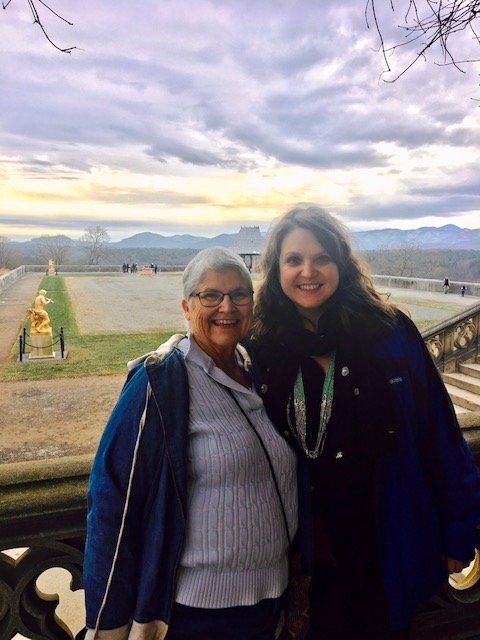Why Would People Work for Less Money?
This is the 2nd sneak peek about my pay equity book for nonprofits. If you’d like to receive more updates from my book, then sign up here. I also post weekly video updates on our Instagram.
Nonprofits have been part of my life for as long as I can remember. My mother worked as a teacher for a nonprofit school while I was growing up. My maternal grandparents, who also served as my caregivers, worked for a nonprofit religious group. Our family regularly attended a church that preached community service.
I grew up and married a child advocate who has served as a nonprofit executive director for the last twenty years. In that time, I’ve attended countless fundraising events and nonprofit functions in addition to living on the campus of a children’s home for nine years. Like I said, nonprofits have been a part of my life for a long time.
My human resources consulting business serves businesses across the spectrum, but we specialize in U.S.-based non-profits. If you don’t work in this sector, then you may wonder what nonprofits do. Here are some examples:
A social worker helps a child in foster care find a healthy, sustainable family placement.
A case manager connects an elderly person with free counsel for complicated Medicare decisions.
A counselor uses an art therapy program for a veteran returning home from active duty.
A tutor teaches a US citizen how to speak English as a second language.
A family provides shelter and care to lost or abandoned animals.
A nurse advocates for patient needs with government agencies.
A community works to conserve natural landscapes and resources for future generations.
All of these people may be employed by nonprofits. Nonprofits tend to fill the gaps in our social safety nets. A nonprofit is a tax-exempt organization under Internal Revenue Code (IRS) Section 501(c)(3) as public charities that are formed to provide public benefits.
The National Council for Nonprofits provides helpful data about nonprofits and their role in our country. For instance, nonprofits employ more than 10% of the US workforce. That means nonprofits employ more people than construction, manufacturing, or finance (National Council for Nonprofits, 2019). This equates to more than 12 million nonprofit employees and 64 million nonprofit volunteers (including board members). That’s a big segment of our working population!
In this chapter, you will learn about nonprofits and why pay is a big deal. Additionally, you will see how wage stagnation in the United States has impacted all salaries. Then you will learn about the importance of including cost of living measures in pay structures.
Why Would People Work for Less Money?
You may be familiar with nonprofits. In fact, I bet you know someone who works at a nonprofit, but do you know what it’s like to work at a nonprofit? Working at an organization serving in the margins of society is incredibly rewarding. In my own experience working with nonprofits for decades, I can share that seeing people have life changing moments fills your heart like nothing else. Nonprofits provide light in the dark places and hope when no one is around. (should I add more about my experience here with the children’s home and art school?)
Unfortunately, society has a lot of opinions about nonprofit employees, especially around pay. Do you remember this employee quote from the introduction?
“Nobody goes into nonprofit work trying to make $500,000 per year.”
I love that quote because I have heard it so many times and it is so true! When you look at the overall pay rates between for-profit companies and nonprofits, the pay looks pretty even. In fact, some reports might show higher pay in nonprofits. However, the devil is in the details. As I mentioned earlier, nonprofits cover a large spectrum of services in our communities. This includes hospitals and universities, which tend to pay more for professional and managerial roles. When you dive deeper into pay data between for-profit companies and nonprofits, you quickly see discrepancies emerge.
If you’d like to receive more updates from my book, then sign up here. I also post weekly video updates on our Instagram.

